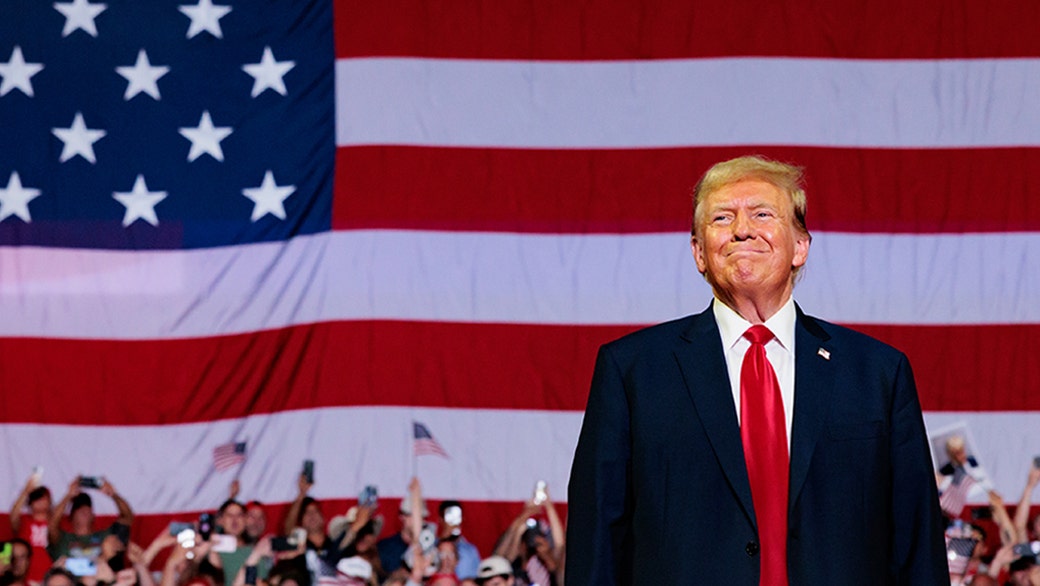A closer examination of the Supreme Court's 2023 term suggests a more complex ideological dynamic than critics portray, with increased variations in 6-3 decisions and a significant number of unanimous outcomes.
Despite a conservative supermajority, the Supreme Court's 2023 term has exhibited a more nuanced ideological landscape than often perceived. A comprehensive analysis by veteran court watchers Adam Feldman and Jake Truscott of SCOTUS Blog provides insights into the voting patterns and decision-making dynamics of the justices.
During the 2023 term, the Supreme Court heard 62 cases, resulting in 60 decisions. Notably, 27 decisions were unanimous, while 22 showcased a 6-3 split. However, upon closer examination, the 6-3 split reveals a more complex picture.

Supreme Court's 2023 Term Reveals Nuanced Ideological Landscape
Of the 22 6-3 decisions, only 11 followed the familiar conservative-liberal divide. The remaining 11 decisions featured mixed ideological coalitions, demonstrating a departure from previous terms where 6-3 splits typically aligned along predictable lines.
Chief Justice John Roberts was most frequently in the majority, surpassing Justice Brett Kavanaugh. Justice Amy Coney Barrett remained the third most frequent. On the liberal side, Justices Elena Kagan, Sonia Sotomayor, and Ketanji Brown Jackson were less frequently in the majority, with Kagan and Sotomayor at the lowest frequency.

Supreme Court's 2023 Term Reveals Nuanced Ideological Landscape
While the conservative bloc maintains significant influence, the ideological composition of 6-3 decisions has become less predictable, indicating variations within the conservative ranks.
High-profile 6-3 decisions during the 2023 term included:

Supreme Court's 2023 Term Reveals Nuanced Ideological Landscape
* Trump v. United States: Prosecution of Trump over attempts to interfere with the 2020 election results.
* Loper Bright Enterprises v. Raimondo and Relentless Inc. v. Dept. of Commerce: Focused on the power of federal agencies.

Supreme Court's 2023 Term Reveals Nuanced Ideological Landscape
* City of Grants Pass, Ore. v. Gloria Johnson: Dealt with homeless encampments in public spaces.
* Securities and Exchange Commission v. Jarkesy: Concerned SEC tribunals.
* Garland v. Cargill: Involved a bump stock ban.
* Alexander v. South Carolina State Conference of the NAACP: Addressed voting maps.
These decisions illustrate the ideological diversity within the 6-3 split, with mixed coalitions emerging on various cases.
Despite the nuances revealed in the 2023 term, attacks on the Supreme Court persist. President Biden and Vice President Kamala Harris have proposed term limits, a code of conduct, and limits on presidential immunity. Biden argues these changes are necessary to restore public trust in the judiciary.
The Supreme Court's 2023 term has showcased a more intricate ideological landscape than critics suggest. While the conservative bloc remains influential, the number of 6-3 decisions with mixed ideological coalitions has increased, signaling a less predictable decision-making dynamic. Despite these nuances, ongoing attacks on the Supreme Court remain a concern for many.










